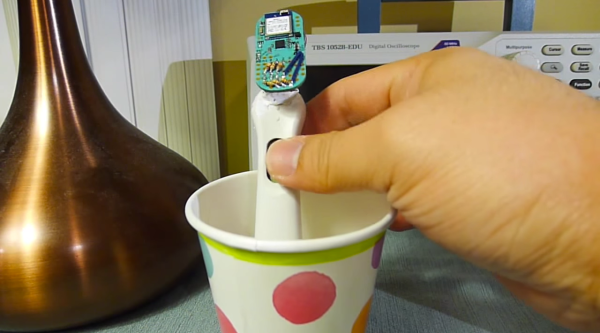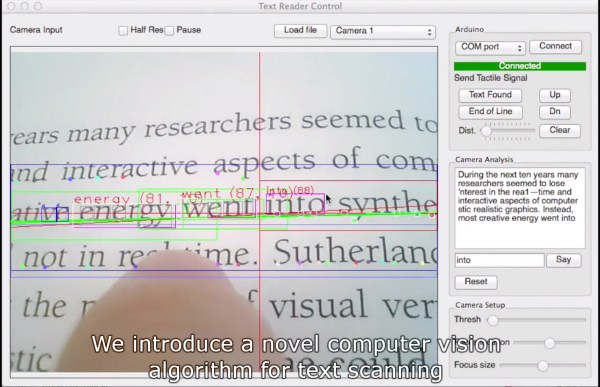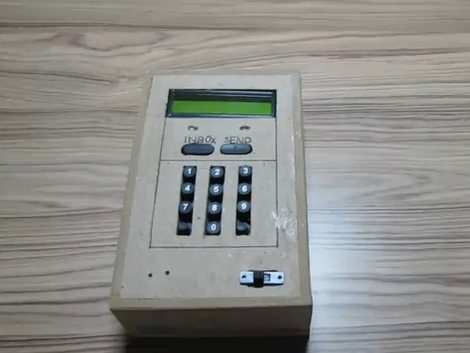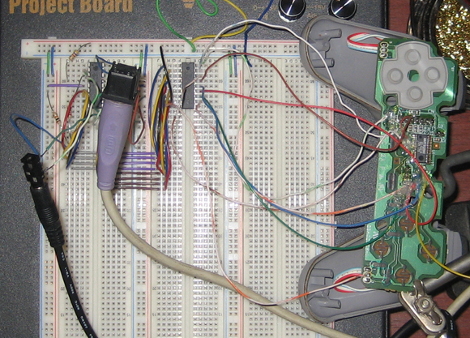What the Internet of Things really needs is more things, and the more ridiculous the better. At least, that’s the opinion of [Eric] who has created a tongue-in-cheek gadget to add to the growing list of connected devices. It’s a Bluetooth-enabled pregnancy test that automatically releases the results to the world. Feeling lucky?
The theory of operation is fairly straightforward. A Bluetooth low-energy module is integrated into the end of a digital pregnancy test. These tests have a set of photo detectors to read the chemical strip after the test is conducted. If the test is positive, the module sends a signal to a Raspberry Pi which tweets the results out for the world to see. It also has an option to send a text message to your mom right away!
[Eric]’s project to live-tweet a pregnancy test also resulted in a detailed teardown of a digital pregnancy test, so if you need any technical specifications for pregnancy tests (for whatever reason) his project site has a wealth of information. He does note that his device can be used on other similar devices with directly driven LCD screens, too. The fun doesn’t end there, though! Once the pregnancy is a little further along you’ll be able to get the baby on Twitter, too.
Continue reading “The Stork Looks Different Than We Thought”
















